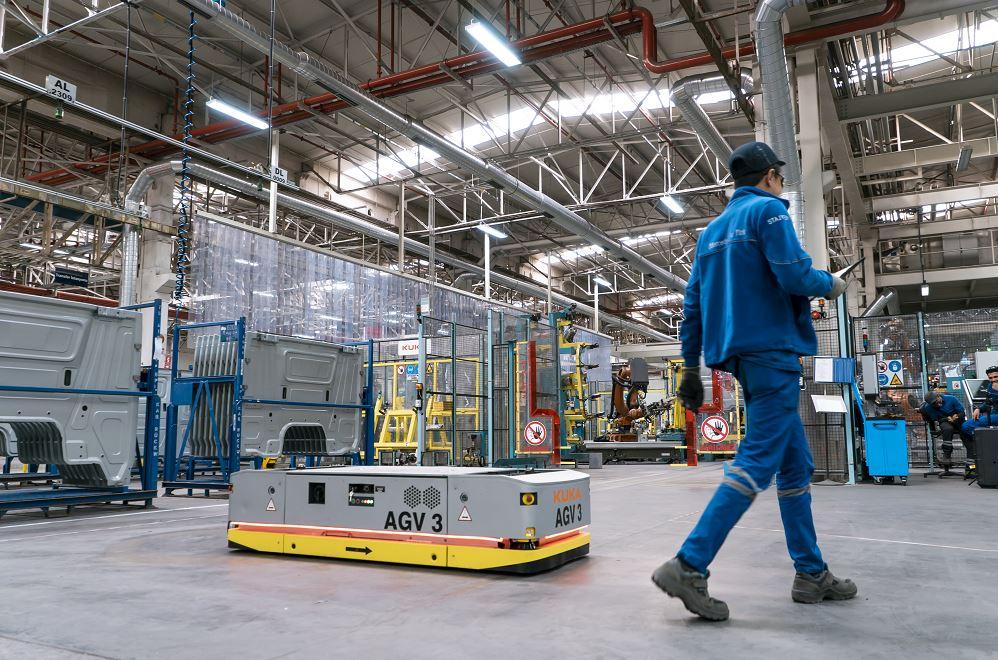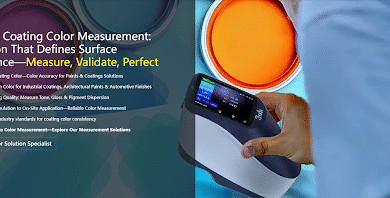How Digital Tools and Automation Are Transforming UK Sheet Metal Fabrication?

Sheet metal fabrication has always been a key part of the UK manufacturing industry. From cutting and bending to welding and assembly, it’s the process behind countless products and structures we rely on daily. But the way metal is fabricated is changing fast.
Thanks to digital tools and automation, the industry is moving from traditional, manual processes to smarter, more efficient methods. These technologies are helping UK manufacturers cut costs, improve accuracy, and deliver faster all while staying competitive in a demanding global market.
Why the Industry Is Changing
Several factors are driving the shift towards digitalisation and automation in sheet metal fabrication.
First, competition and rising costs have pushed companies to find ways to work more efficiently. Labour shortages, high energy bills, and tighter margins mean that traditional manual processes are no longer sustainable.
Second, customer expectations have evolved. Clients now expect fast turnaround times, perfect precision, and even the flexibility to request customised parts in small batches.
Third, the rise of Industry 4.0 — the integration of digital technologies and connected systems has encouraged UK manufacturers to rethink how they design, produce, and deliver metal components.
Finally, there’s the skills gap. With fewer trained fabricators available, automation offers a way to maintain production capacity while giving workers opportunities to move into more skilled, technical roles.
Digital Tools Leading the Transformation
Before full automation comes into play, many UK fabricators start by adopting digital tools that improve planning, design, and job management. These tools create a foundation for automation and help businesses understand their operations in real time.
Here are a few examples of how digital tools are transforming the workflow:
- CAD/CAM design software allows engineers to create and test virtual models before production begins. This means fewer mistakes, less material waste, and faster prototyping.
- Job tracking and ERP systems connect departments — from sales to production — making it easier to plan work, quote accurately, and monitor progress.
- Digital measuring and inspection systems ensure that every part meets strict quality standards, helping to maintain consistency across large batches.
By digitising these early stages, companies gain better control, data insights, and coordination across every part of their operation. Once this foundation is in place, automation becomes the natural next step.
Automation in Action
Automation in sheet metal fabrication goes far beyond just robots. It involves creating systems that work together — often without human intervention — to handle materials, monitor quality, and even adjust to changes on the fly.
Some common examples include:
- Automated material handling systems that load, move, and store sheet metal without manual lifting. These systems improve safety and speed up production.
- Robotic welding and bending cells that deliver consistent quality and can operate for long hours, increasing productivity while freeing up workers for more complex tasks.
- “Lights-out” manufacturing, where machines run unattended overnight, helping companies meet tight deadlines and make full use of their equipment.
- Data-connected machines that communicate performance data to central systems, allowing predictive maintenance before problems cause downtime.
Together, these technologies help fabricators increase output, improve quality, and reduce human error all while cutting operational costs.
The Benefits for UK Manufacturers
The rewards of embracing digital tools and automation are significant. Here are some of the key benefits UK sheet metal fabricators are seeing:
1. Faster Production and Shorter Lead Times
Automated machines can work continuously and with incredible precision. This shortens production cycles and makes on-time delivery much more reliable.
2. Reduced Waste and Higher Efficiency
Digital design tools and automated cutting systems make it easier to optimise how metal sheets are used, resulting in less scrap material and lower costs.
3. Improved Quality Control
Automation removes many of the variables that lead to human error. The result is more consistent quality, better accuracy, and less rework.
4. Better Use of Labour
By automating repetitive or physically demanding tasks, businesses can focus their staff on higher-value work such as programming, maintenance, and quality assurance. This not only boosts efficiency but also makes the workplace safer and more appealing to new talent.
5. Stronger Competitive Edge
Modern digital fabrication allows smaller UK firms to compete with larger overseas manufacturers by offering precision, flexibility, and shorter turnaround times. It also positions them as technologically advanced partners in the supply chain.
How to Start the Transition
Moving from traditional fabrication to a digital, automated setup doesn’t happen overnight. It’s best approached as a step-by-step journey that balances investment, training, and process improvement.
Here’s a simple roadmap UK manufacturers can follow:
- Assess your current workflow
Identify where bottlenecks occur and which processes rely heavily on manual labour. Focus on areas where digital tools could save time or reduce errors.
- Digitise your design and job management
Start by adopting CAD/CAM design software, ERP systems, and digital job tracking. These tools will give you clearer data and better coordination.
- Run a small automation pilot
Choose one process — like automated laser cutting or robotic welding — and measure its impact on output, quality, and cost.
- Train and upskill your workforce
As automation increases, your team’s roles will evolve. Provide training so operators can handle programming, supervision, and maintenance tasks.
- Expand in stages
Once you see results from your pilot project, gradually expand automation to other processes while connecting your systems for real-time data sharing.
- Promote your new capabilities
Let clients know about your improved accuracy, speed, and flexibility. Highlighting your investment in automation can enhance your company’s reputation.
Overcoming Common Challenges
Of course, adopting digital tools and automation isn’t without obstacles. The most common challenges include high initial costs, integration issues, and resistance to change.
To overcome these, companies can take smaller steps such as leasing new machines or starting with affordable digital software before full automation. Partnering with technology providers who offer support and training can also make a big difference.
Equally important is maintaining good communication with employees. When teams understand that automation enhances their roles rather than replaces them, they’re more likely to embrace it and use the new systems effectively.
The Future of Sheet Metal Fabrication in the UK
Looking ahead, the sheet metal fabrication industry is set to become even more digital. Artificial intelligence (AI) will help predict maintenance needs and optimise production schedules. Smart factories will connect machines, tools, and workers through cloud systems that share data instantly.
Sustainability will also take centre stage, with digital systems tracking energy use, recycling scrap, and helping manufacturers lower their carbon footprint. The combination of automation, data, and environmental responsibility will define the next phase of the industry’s growth.
Conclusion
The transformation of UK sheet metal fabrication through digital tools and automation is already well underway. Companies that embrace these technologies are discovering faster production, better quality, and more efficient use of resources.
The change doesn’t have to be overwhelming — it starts with small, strategic steps that build towards a smarter, more connected manufacturing process. For UK fabricators, adopting automation isn’t just about keeping up with technology; it’s about future-proofing their business for a world where precision, speed, and innovation are the true measures of success.



